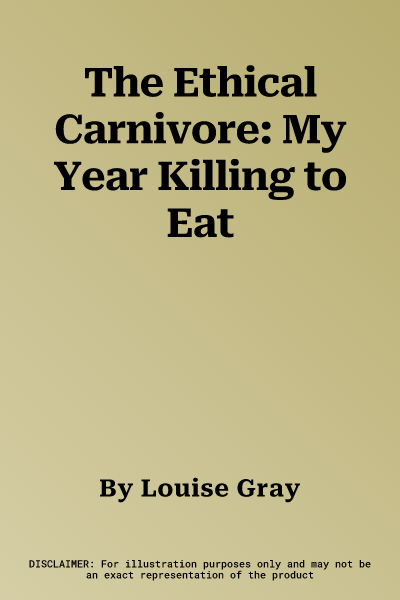If you had to kill it yourself, if you had to look it in the eye . . .
would you eat it?
Louise's first kill is a disaster. She injures a rabbit, and thinks it
has died in agony. But the experience teaches her a lesson, and when she
subsequently finds the rabbit, she vows to do its death justice by
finding out what it really means to kill and eat animals.
Many people claim to care about the meat that they eat, but do they
really know how the animal died? The Ethical Carnivore addresses this
universal question, through an emotional personal quest. Taking the
current fashion for ethical meat to its logical conclusion, Louise vows
to eat only animals she has killed herself for a year.
Starting small, Louise shoots and traps game such as hare and squirrels,
and learns how to skin and cook them. She builds a new appreciation of
the British countryside, and its wild fish and animals.
The narrative moves to domestic animals. Louise sees cows in the
slaughterhouse; by talking to the men and women who work there, she
finds out how the animals are killed and the effect it has on the people
who do it on our behalf.
At the end of her journey, Louise goes wildfowling in the Orkneys to
shoot a goose for Christmas dinner. She reflects that the rabbit with
the white blaze has taught her to appreciate meat by facing up to the
death of animals and to look deeply at her own morals and values.

